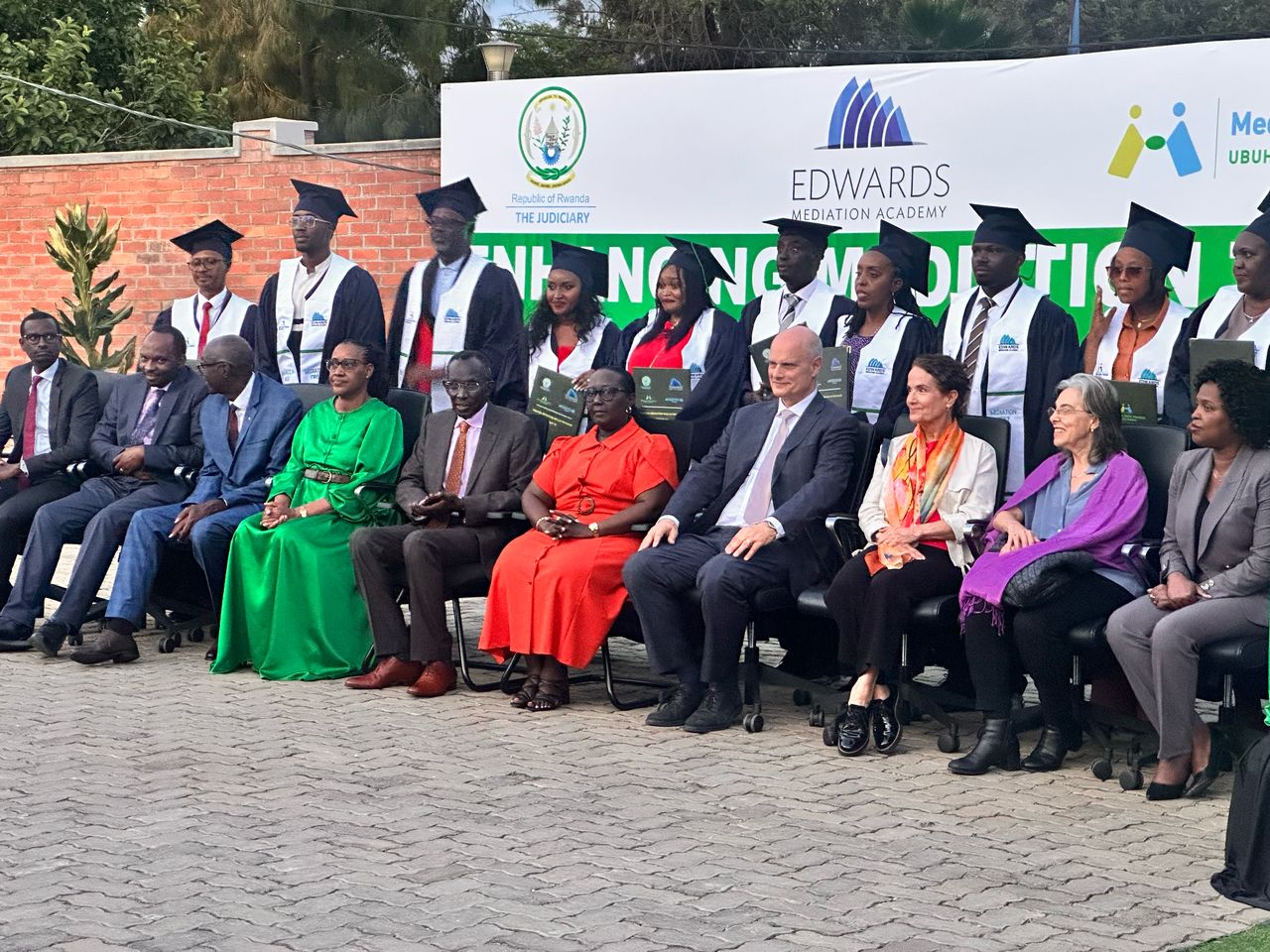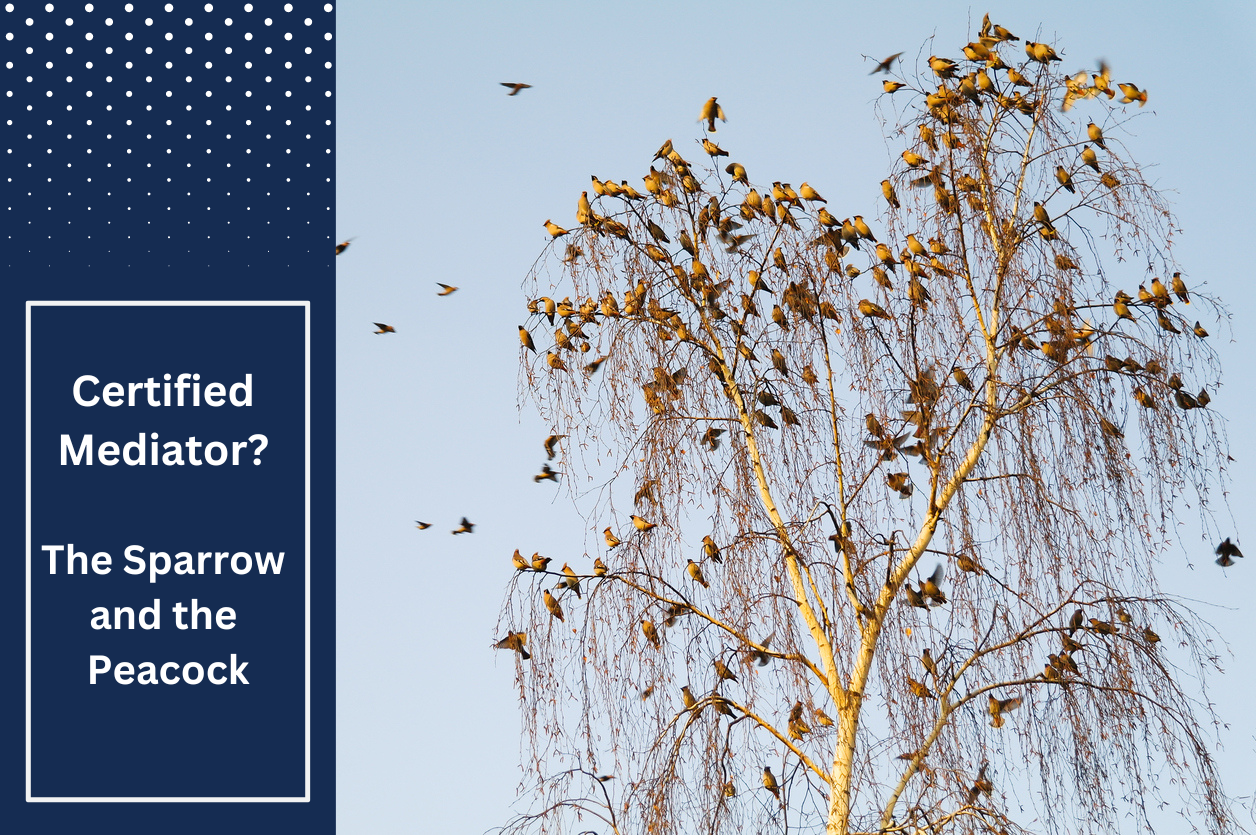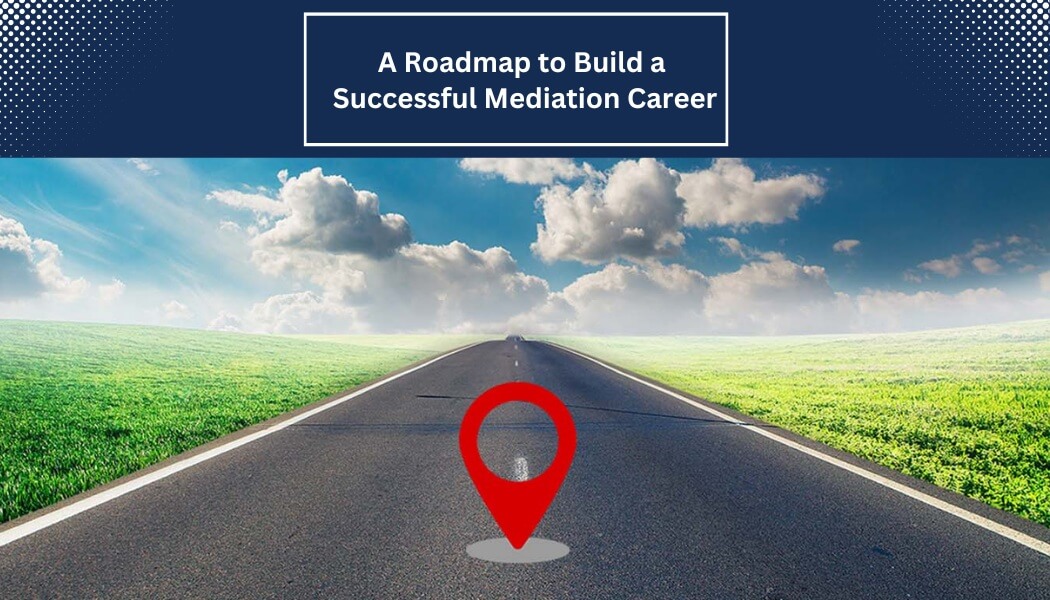The plane banked slowly to the left before gliding across the Potomac River and touching down at what was then Washington’s National Airport. The year was 1991, and I had recently left the practice of law to begin my second career as a full-time mediator. A short cab ride past the monument-studded Mall brought me to my downtown hotel. Fighting jet lag and nerves, I settled in to prepare for the next day’s challenge: a mediation between the prime contractor responsible for paving a large section of the Beltway surrounding our nation’s capital, and an adjoining state’s department of transportation, which had hired him.
In the early 1990s, the mediation of civil lawsuits, particularly outside California, was still in its infancy. The very suggestion of facilitated negotiation was viewed with equal parts suspicion and contempt by most seasoned trial lawyers. Clients, prepared by counsel for the inevitable courtroom battle, were often convinced that settlement overtures of any kind were a sign of weakness.
Against this backdrop, the following morning I entered the plush conference room of a prestigious law firm. Seated around the granite table were two dozen attorneys, experts, and clients, self-sorted by seniority. Lead counsel positioned themselves strategically near the head of the table, guarding the path to their clients, who were sitting somberly a few feet away. The air was rife with ego.
A delicate balance of ego
Most experienced mediators understand that the proper management of ego, including one’s own, is central to effective dispute resolution. Entering the room, I thought about the delicate balance of ego I needed to achieve that morning. On the one hand, I needed to exhibit sufficient ego to gain control and provide direction to this group of antagonistic parties. On the other hand, I needed to demonstrate an absence of ego that some have likened to behaving as an invited guest at the parties’ dispute. Several deep breaths, and my ego was checked and prepared to start the day.
Seeing me, the faces of many in the room registered disappointment. Apparently the appearance of a thirty-something reformed litigator from San Francisco was not necessarily the answer to their collective prayers. Not waiting for the opening bell, one attorney quipped that he had parked at a 30-minute meter because he doubted the other side could provide sufficient incentive for him to stay longer. Another responded that he was there only at the insistence of his insurance carrier. Ego management was quickly shaping up as the first order of business.
This lawsuit had developed a life of its own
The tenor in the room was not difficult to understand. Through six-plus years of discovery, a bifurcated trial, and two appeals, this lawsuit had developed a life of its own. It seemed the only remaining question was if this bitter dispute would outlast the roadway material at the center of the controversy.
The mediation began in typical fashion with a joint session attended by all parties. Lawyers, public officials, and company presidents cautiously weighed in with their historical perspective of significant factual and legal developments in the life of this dispute. From my end of the table I listened patiently, thinking this is how grown adults rationalize the evolution of a simple contract dispute into a seven-year holy war.
Experts have egos too
Somewhere around mid-morning, lawyers retreated from the meeting foreground and were replaced by experts. For the next several hours, I presided over the battle of the experts. Flanked by charts and blowups representing the best in pre-PowerPoint demonstrative exhibits, the experts presented their case, at times sounding more like advocates than the advocates themselves. By midday, I remember thinking that the lawyers held no monopoly on ego.
Over lunch I began private meetings with the parties. In the relative safety of these caucuses, I engaged in the traditional thrust-and-parry approach employed by mediators to assist the parties in understanding the weakness of their position. Being half the age of the main protagonists and possessing barely five hours of experience in the case, I decided that a direct assault on the parties’ positions was ill advised. Ego formed an impenetrable wall.
Every attempt at compromise was rebuked
Shuttle diplomacy continued throughout the afternoon. I tried different approaches to move the parties toward compromise but was rebuked with every effort. I remember thinking I was watching a script play out, a script that had been refined and rehearsed countless times over the past half-decade. By late afternoon, it was clear I was losing the battle.
Then it struck me. Present were two decision makers, the newly appointed head of the department of transportation and the chief executive officer of the international conglomerate that had recently acquired the construction company. I was banking that neither of these men had had time to invest their own egos in this controversy. Raising eyebrows around the room, I asked the decision makers to step away from their respective teams and join me for a private conversation. Once alone, I stated the obvious: Although this controversy may not have developed on their watch, they alone had the power to end it, here and now. They asked to be alone. Fifteen minutes later they emerged, smiling, having agreed on a proposal to end the bitter battle.
Mediators are not superheroes
I remember thinking, like any mediation superhero, that my work here was done. During the long flight home I basked in the thrill of being part of a seemingly impossible settlement. I can admit now, looking back, that I had fallen victim to that most egotistic of mediator thoughts-this settlement could not have happened without me.
Since those early days of mediation, I’ve crossed the country countless times mediating thousands of disputes, and I’ve thought a lot about ego and the mediation process. What I’ve learned to appreciate is that on that day in Washington, D.C., as on most days spent in mediation, it’s this powerful process itself and not any individual mediator that is deserving of all accolades. Most days I’m blessed to be simply a first-party witness to the magic of facilitated communication carried out in an environment of safety and hope. I continue to remind myself that it’s a privilege to play a role, no matter how small, in helping people resolve their differences and begin to rebuild their lives.
Bruce A. Edwards is an ADR industry pioneer and recent chairman of the board of directors of JAMS, this country’s largest private provider of ADR services. Along with his wife, Susan Franson Edwards, Mr. Edwards recently cofounded Edwards Mediation Academy, an online education platform dedicated to improving the skills of mediators around the world.





